Lotus Emira Turbo SE: If you want to experience the last 'real' Lotus, now is the time
As Lotus goes fully electric, we take out its last petrol offering, the Emira, to see if the spirit of Chapman is still alive.

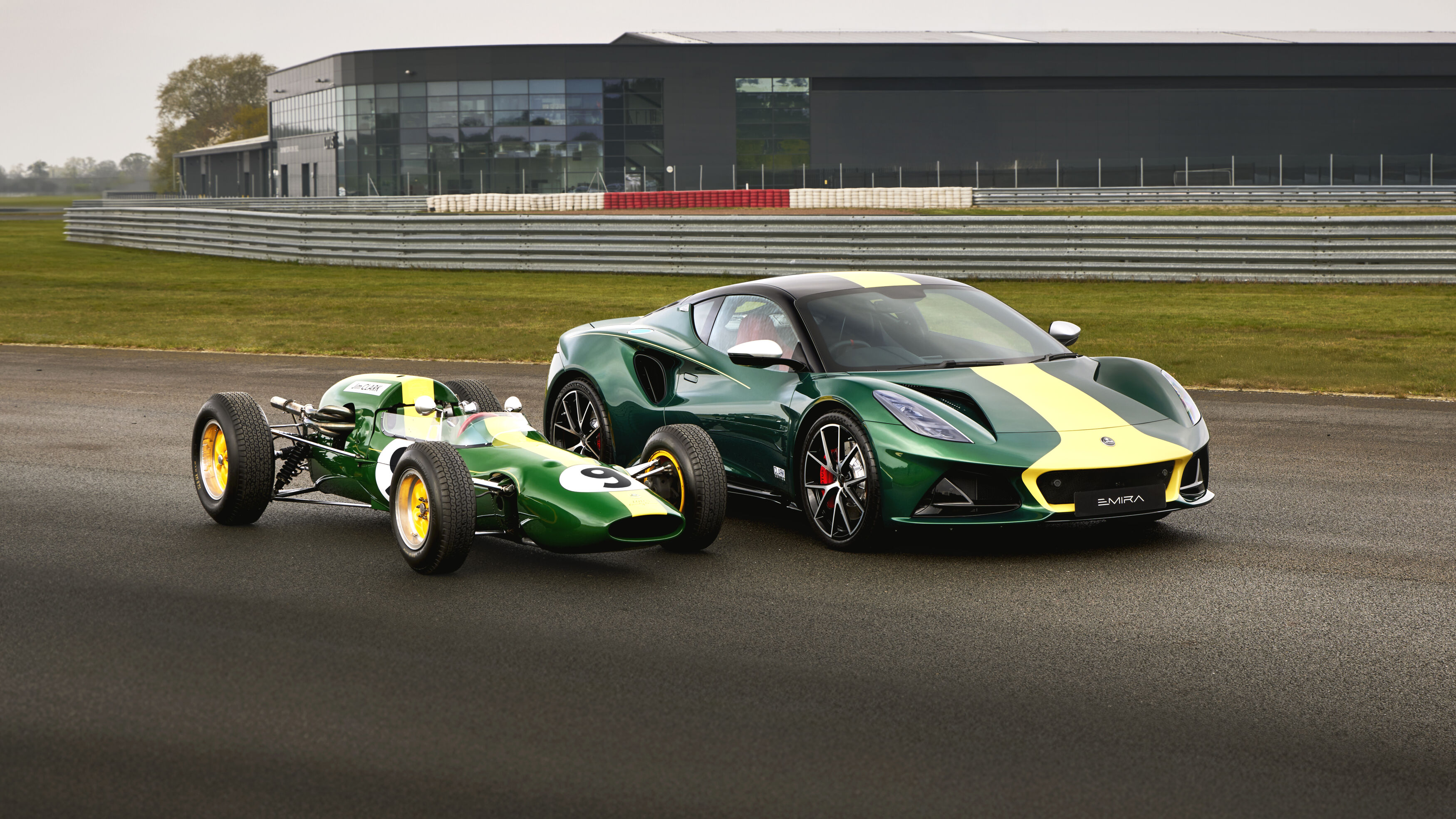
What’s your ‘Lotus position’?
Do you applaud the modern-day marque’s transition to electric vehicles, or do you think the only Lotus worth talking about is a petrol-powered sportster built to the ‘add lightness’ formula of founder Colin Chapman?
Bad luck if you’re in the latter camp.
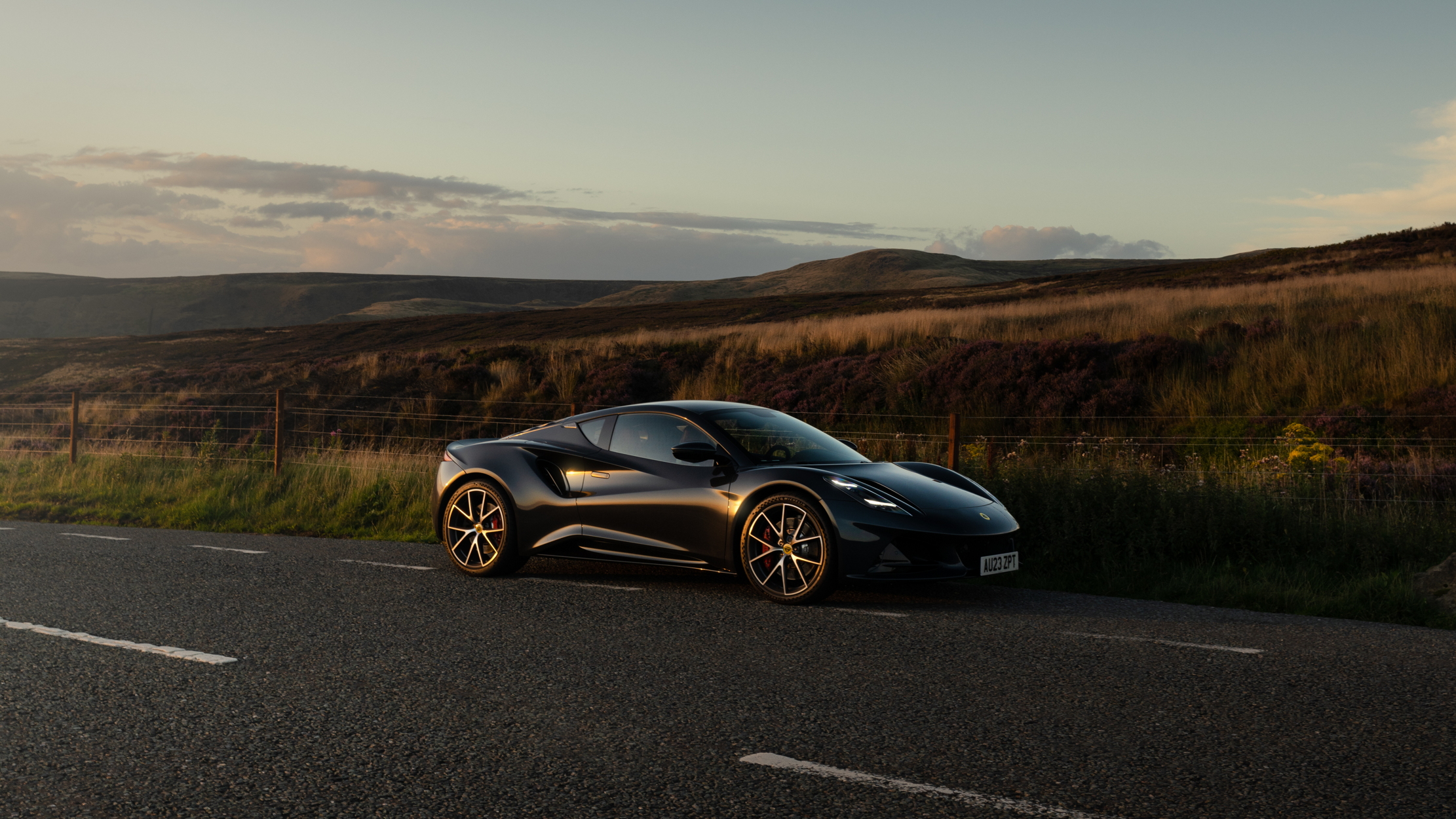
The celebrated British marque (now owned by the Chinese) will never make another car with a petrol tank once the last Emira two-seater rolls off the line at the historic factory in Hethel, Norfolk — Lotus HQ since 1966.
Readers of a certain age will likely recall the glory years of Lotus during the Chapman era, from the early 1950s when its simple ‘Seven’ kit car (slyly sold with DIS-assembly instructions to circumvent purchase tax) offered clubman racers a frugal route into motorsport, to the marque’s domination of Formula One during the Sixties and Seventies.
Jim Clark secured its first World Championship in 1963 with the green- and yellow-liveried ‘25’, while the John Player Special-sponsored, black and gold ‘79’ driven by Mario Andretti won Lotus its last title in 1978.
Lotus this month (May) announced the return of those famous Clark-era colours on a batch of 60 Emiras being released in celebration of the 60th anniversary of his second championship win — that time in the ‘33’ model — and many will likely end-up as cocooned collector’s pieces deemed too special to be driven.
Exquisite houses, the beauty of Nature, and how to get the most from your life, straight to your inbox.
Unveiled at the Miami Grand Prix, the cars will all have the range-topping supercharged V6, 400 horsepower engine paired with a six-speed manual gearbox, which combined with their ‘limited edition’ status and commemorative extras (including ‘sixties-style wooden gear knobs’) accounts for a price tag of £115,000.

But if you want to own one of the last petrol-engined Lotus sports cars simply for the pleasure of driving it, you can save more than 20% by opting for the ‘Turbo SE’ model fitted with a two-litre, four-cylinder effort supplied by Mercedes-AMG.
Just such a ‘cooking’ Emira landed here for a week, quickly raising eyebrows in our Dartmoor village with its screaming ‘Hethel Yellow’ paint and apparent lack of relevance on the pothole-littered byways that count as roads around here.
It seemed to be just the job for the odd evening blast across the better-manicured tarmac that criss-crosses the moor proper and, perhaps, an occasional school run — if only for the joy of seeing my 16-year-old daughter’s cringing embarrassment at being delivered in something more flash than our below-the-radar, 20-year-old Audi.
But I had barely had the chance to get behind the wheel when the apparently impractical Emira was commandeered by Mrs De Burton after the camshaft ‘went’ on her VW Golf workhorse (after a mere 198,000 miles….)
As an estate agent she covers huge distances ‘valuing and viewing’ and, despite the Emira’s apparent unsuitability for her needs, its newness (and its Mercedes engine) signalled ‘reliability’ and its full fuel tank promised a useful 350 miles worth of property visits.
So it arrived and then it was gone — not so it could be thrashed across the moor with its turbo whistling and its legendary Lotus handling being appreciated to the full, but because it had become the wife’s mobile office.
‘Bet you regretted that,’ I said confidently as she parked-up at home after the first, day-long outing.
‘Absolutely not,’ came the response. ‘It’s really comfortable, the sat-nav works, the heater’s great and it handled plenty of rough roads without “graunching”. And I love the boot. Perfectly big enough.’
The Emira did, however, have one failing as an honest working motor, as it raised concerns among prospective property vendors that this particular agent might command a rather hefty commission.
On the Road: Lotus Emira Turbo SE
From £89,500 (plus on the road costs)
Engine: Mercedes-AMG two-litre, twin turbo
Gearbox: Mercedes-Amg eight speed, dual clutch
Power: 360 bhp
Torque: 317 ft/lbs
Weight: 1,446 kilos
Fuel consumption: 31mph average
Fuel range: 350 miles
0 -60mph: 4.3 seconds
Top speed: 171 mph
Eventually regaining possession of the key (for the keyless ignition) I was able to sample the delights of the Emira for myself — and it does, indeed, seem to be a practical proposition as a ‘daily driver’ for anyone who doesn’t need to carry multiple people or estate-car sized loads.
For nipping to the shops, heading to the beach (well behaved dog in the passenger footwell), tackling a long motorway run or completing that humiliating school run, it proved entirely capable and, with its well-engineered Mercedes engine and gearbox, entirely unfussy.
But when called upon to perform, the Turbo SE does so in the best Lotus tradition. Despite losing 40 horsepower to the V6 version, it’s still decidedly quick and, as is often the case with what is ostensibly an ‘entry level’ engine, is a delight to drive hard.
Or, as the late car enthusiast, Tory MP and shameless lothario Alan Clark observed: ‘The addition of cubic inches is subject to the law of diminishing returns….’
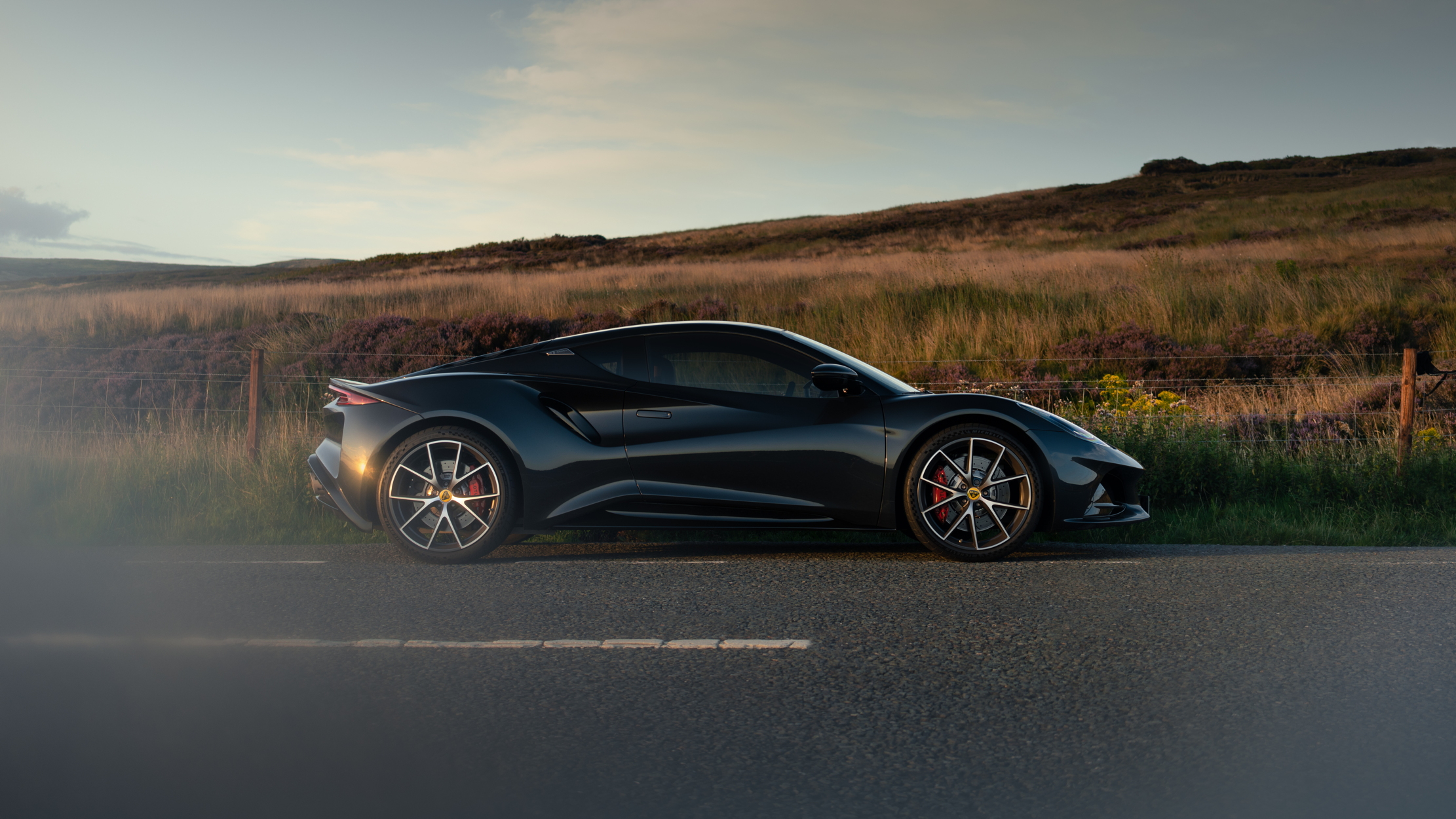
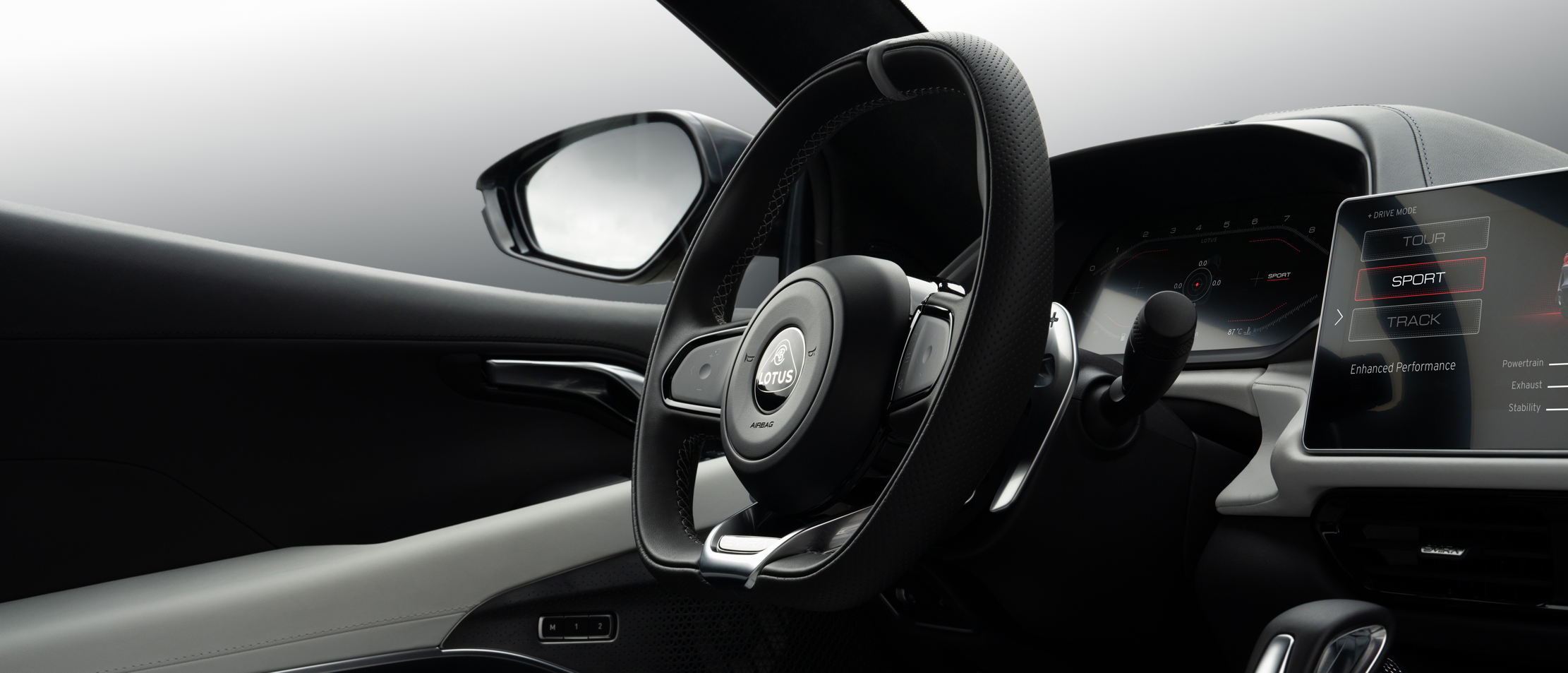
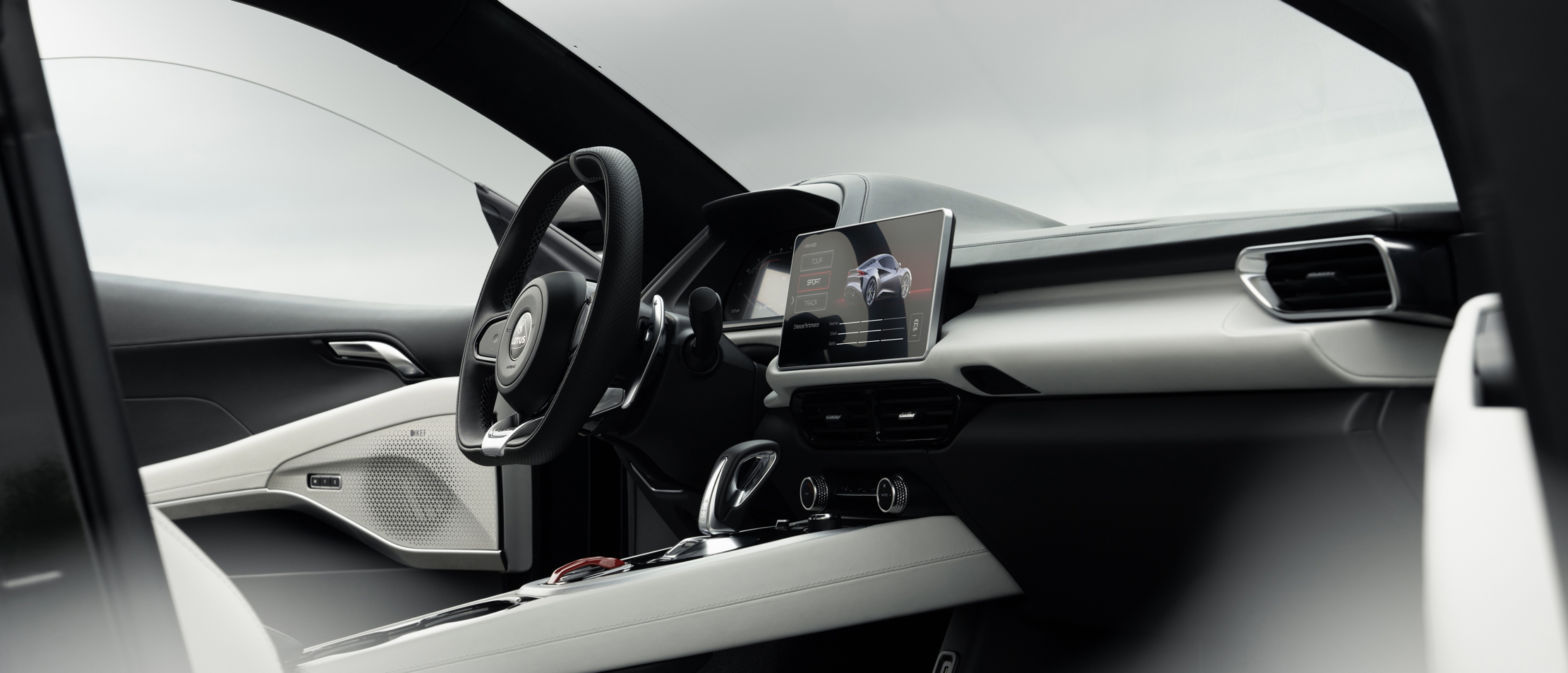
The official word is that Lotus will cease producing combustion engine cars in 2028, after which its Chinese owners aim to take the marque’s production numbers into the ‘tens of thousands’.
But I wouldn’t like to bet that new Emiras will still be available to buy in three years — so if you have never experienced a ‘real’ Lotus and want to do so before it’s too late, now might be the time to do it.
That’s my Lotus position, anyhow. And I’m sticking to it like an Emira on a hairpin bend....
Simon de Burton is a freelance journalist and author. He has been a contributing editor to the Financial Times HTSI magazine for more than 20 years and, as well as writing about the world of luxury for other newspapers such as The Times and the Daily Telegraph, he also is a long-standing columnist for titles including Motor Sport, Boat International and The Rake.
